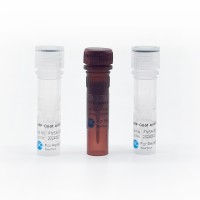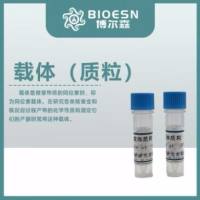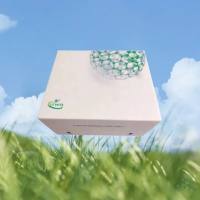Transgenic Sheep from Cultured Cells
互联网
452
Recent progress in the production of mammals by nuclear transfer using donor nuclei from cultured cell populations has provided a novel route for genetic manipulation. The technique of nuclear transfer allows the production of offspring by the reconstruction of an embryo. Genetic material from a donor cell (karyoplast) is transferred to a suitable recipient cell from which the nuclear or genomic genetic material has been removed. In the first demonstrations of this technique, successful development was obtained only when the donor genetic material was taken from apparently undifferentiated cells or blastomeres from early embryos (for a review see ref. 1 ). Subsequently, development has been obtained using donor genetic material from differentiated cells maintained in culture and isolated from embryonic (2 ) fetal and adult animals (3 ). More recently, live offspring have been obtained in the mouse using quiescent cell populations derived directly ex vivo as nuclear donors (4 ). The successful use of differentiated cells has now been demonstrated in sheep, cattle, and mice.







